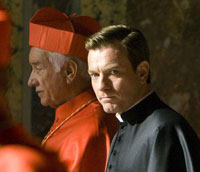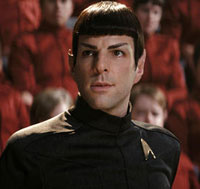Not in the mood for the usual Hallmark Hall of Fame fare this Mother’s Day? Then check out National Geographic Channel’s “In the Womb: Extreme Animals.” Astonishing real-time 4D ultrasound images and fetal imaging techniques allow viewers to experience the biology of motherhood by following four different members of the animal kingdom– lemon sharks, emperor penguins, red kangaroos and parasitic wasps–from conception to gestation to birth.
Ranging from the heartwarming, emperor penguins protecting their eggs in arctic conditions, to the harrowing, lemon shark embryos cannibalizing each other, the special illustrates struggles that are all too familiar to human mothers: Emperor penguin chicks exploiting the selfless devotion of their parents to survive, kangaroo joeys leaving the womb prematurely, wasps using caterpillars as surrogates. Ok, so the parasitic wasp babies eventually kill their caterpillar hosts by erupting through their flesh, but the subtle parallels are still there.
While the emperor penguin segments feel like a bit of a “March of the Penguins” retread (although, who can resist the allure of those tuxedo-clad seabirds), the story of the kangaroo joey is simply astonishing. Featuring footage never before captured, and not for the queasy, the journey of the joey from birth canal to mother’s pouch is simply remarkable and mind-boggling. How did Mother Nature ever devise such a complicated maneuver for such a vulnerable creature?
Likewise the camera work within the lemon shark womb is truly amazing, and while I found the whole parasitic wasp cycle a bit icky, I can certainly appreciate the camera work.
In fact, this special reminded me to appreciate the fact that mothers start giving of themselves in many significant ways (ex: emperor penguin egg shells are made from calcium leached from the mother’s bones) even before birth.
“In the Womb: Extreme Animals” airs Sunday, May 10, at 9 p.m. ET on National Geographic Channel.



